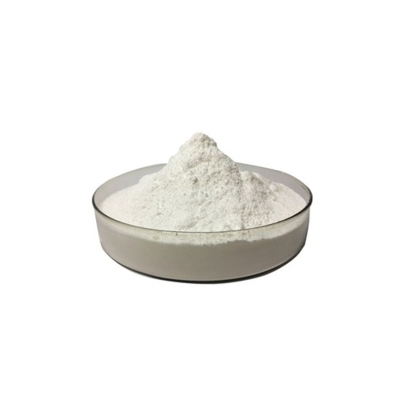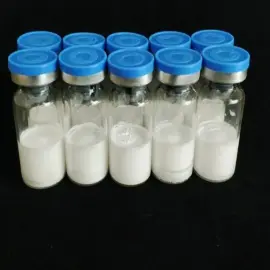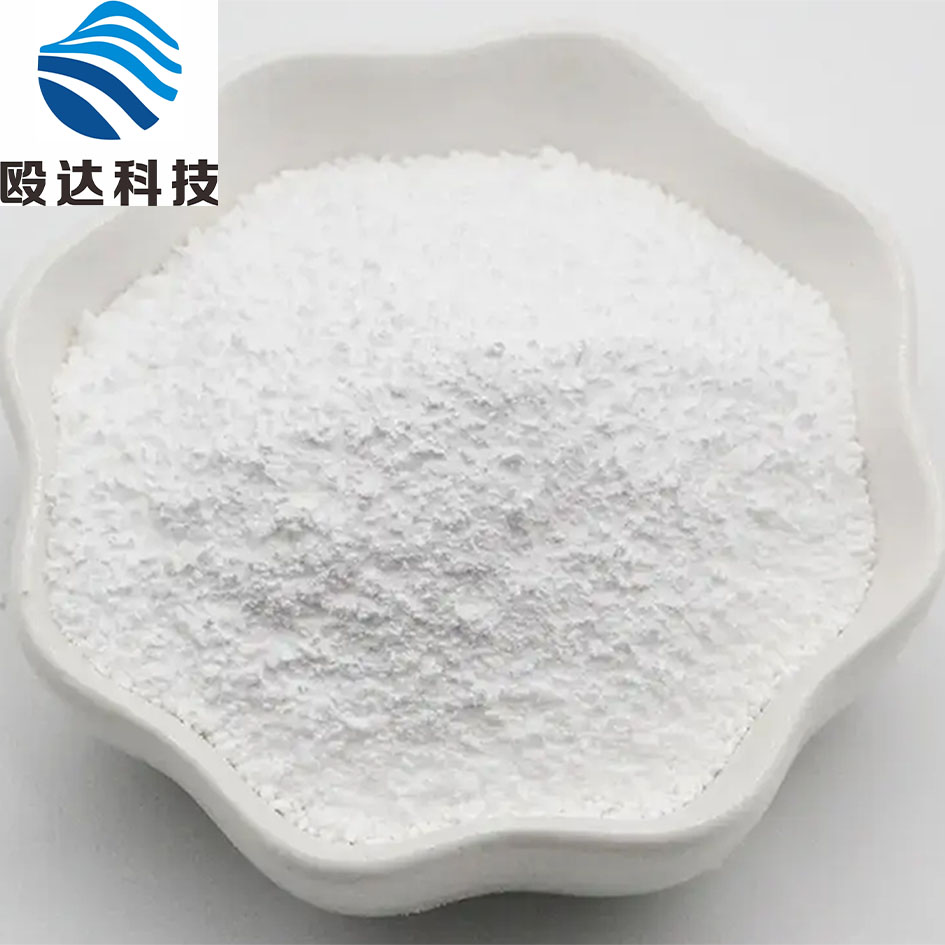Technology transfer Series 6: gap analysis
-
Last Update: 2018-03-19
-
Source: Internet
-
Author: User
Search more information of high quality chemicals, good prices and reliable suppliers, visit
www.echemi.com
In the process of technology transfer of pharmaceutical enterprises, any difference between the transferor and the receiver may bring potential risks to the realization of products, such as prolonging the time of technology transfer, increasing the cost of technology transfer activities and affecting the quality of transferred products So gap analysis is an important work in the process of technology transfer The transferor and the receiver should carry out these activities to make up the gap between knowledge and technology, and effectively promote the development of technology transfer Before the transfer, sufficient planning should be made to identify and solve the differences, and before making the technology transfer plan, the subject experts of the transferor and the receiver should form a gap analysis team to carry out the technology transfer gap analysis activities Gap analysis method gap analysis is a kind of risk assessment method By identifying the gap between the current situation of the receiver and the technical requirements or expected standards of the transferor, and putting forward corresponding control measures, we can ensure the process specification of product introduction Gap analysis requires the gap analysis team established by the technology transferor and the receiver to carry out comparative analysis from the aspects of "human, machine, material, method, environment and measurement" The personnel shall be connected with the existing personnel of the receiving enterprise to evaluate the number, education background, working ability and experience of relevant personnel according to the product characteristics, process requirements, inspection requirements and regulatory requirements, so as to guide the formulation of the training plan Plant facilities and equipment 1) plant: compare and analyze with the process layout of the transfer out party, and confirm whether the production process of the receiving party meets the production requirements 2) Public system: analyze the design and capacity of the public system with the production situation of the transferor and the requirements of the product process 3) Equipment: compare with the principle, capacity and process corresponding equipment requirements of the R & D equipment or production equipment of the transferor, and put forward the equipment requirements for the performance of the commercial production equipment according to the comparison results and the expected use 4) Instrument: analyze the model and accuracy of materials and product inspection instruments provided by the transferor Environmental analysis: climate and environmental differences between the two parties, whether the receiver's air purification system can meet the storage conditions required by the product, whether the receiver's core cleanliness level matches the product requirements, and whether there are control measures to prevent cross contamination for the active substances summarized in the production process Compare and analyze the BOM, quality standard and supplier between the receiver and the transferor For the same supplier, evaluate whether the management and audit of suppliers are sufficient; for different suppliers, evaluate and analyze whether new suppliers are needed The production operation and transferor provide the production operation and process requirements to analyze the current production process and process steps of the receiver and determine the applicability The detection method and the inspection method provided by the transferor are connected with the existing analysis method of the receiving party to analyze, evaluate the adaptability of the inspection method used before and after the technology transfer, and determine whether to transfer or develop the analysis method EHS analyzes the production process and operation of the pre transferred products, whether the receiving party needs special personnel protection, and whether the existing measures can meet the requirements; analyzes the materials, products and wastes in the production and inspection, and evaluates whether the current protective measures and material treatment methods of the receiving party meet the requirements Summarizing the gap analysis is an important preparatory activity in technology transfer, which needs to be analyzed and discussed by the corresponding subject experts of both parties from the above content to find out the differences The relevant responsible person organizes group members to discuss the existing gap and risk level, formulate corresponding improvement measures for high-risk factors, and form the gap analysis report The measures formulated in the gap analysis report are part of the technology transfer plan to ensure that all differences are resolved and successful technology transfer is achieved in the process of technology transfer implementation
This article is an English version of an article which is originally in the Chinese language on echemi.com and is provided for information purposes only.
This website makes no representation or warranty of any kind, either expressed or implied, as to the accuracy, completeness ownership or reliability of
the article or any translations thereof. If you have any concerns or complaints relating to the article, please send an email, providing a detailed
description of the concern or complaint, to
service@echemi.com. A staff member will contact you within 5 working days. Once verified, infringing content
will be removed immediately.







